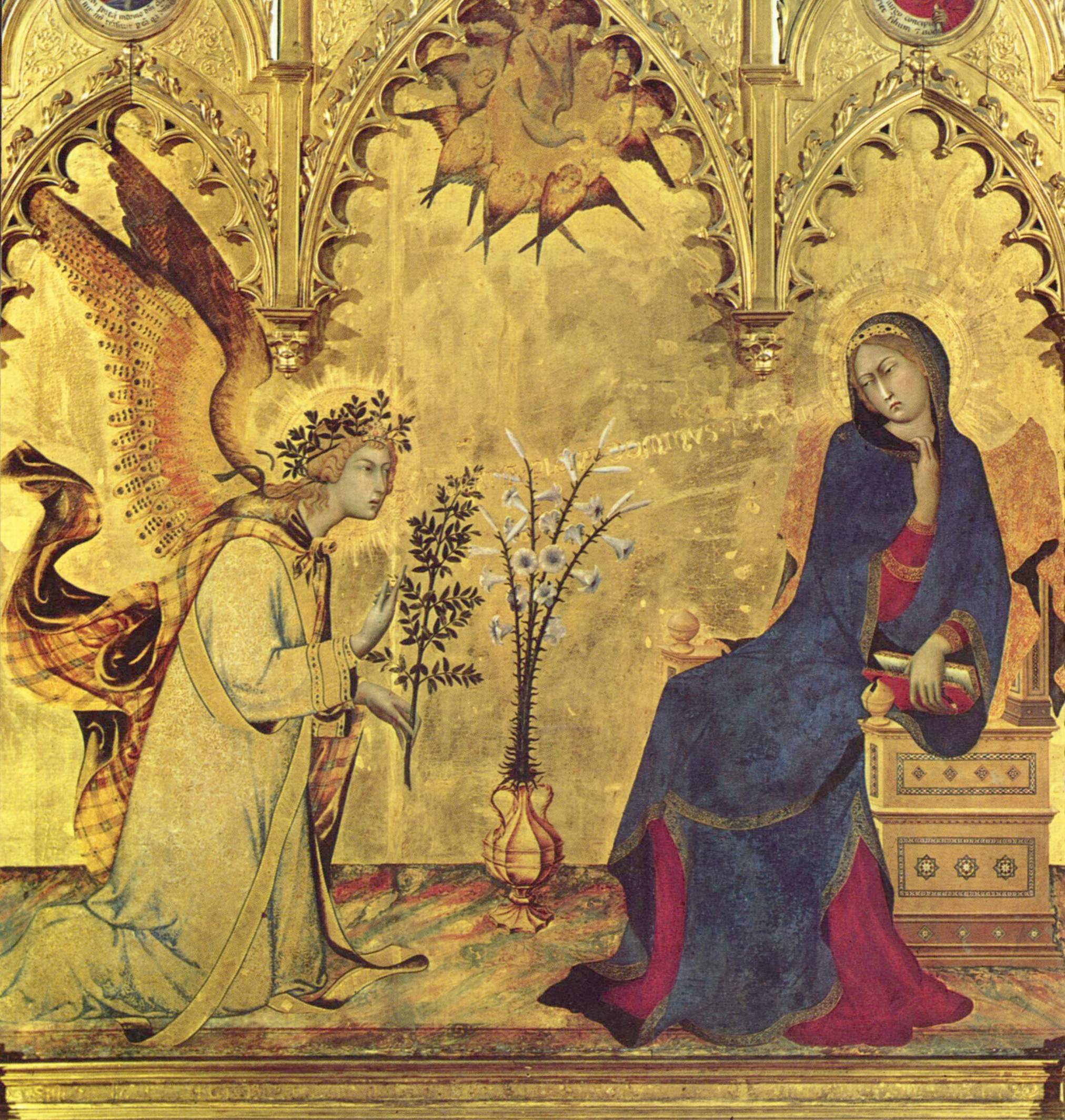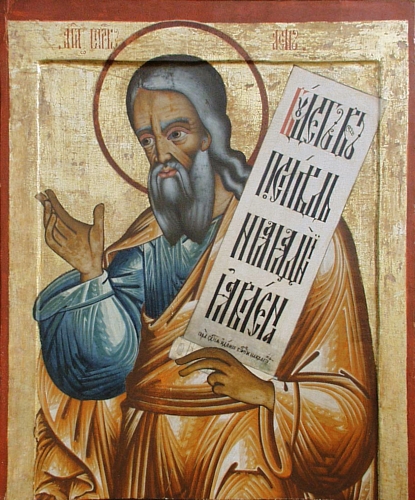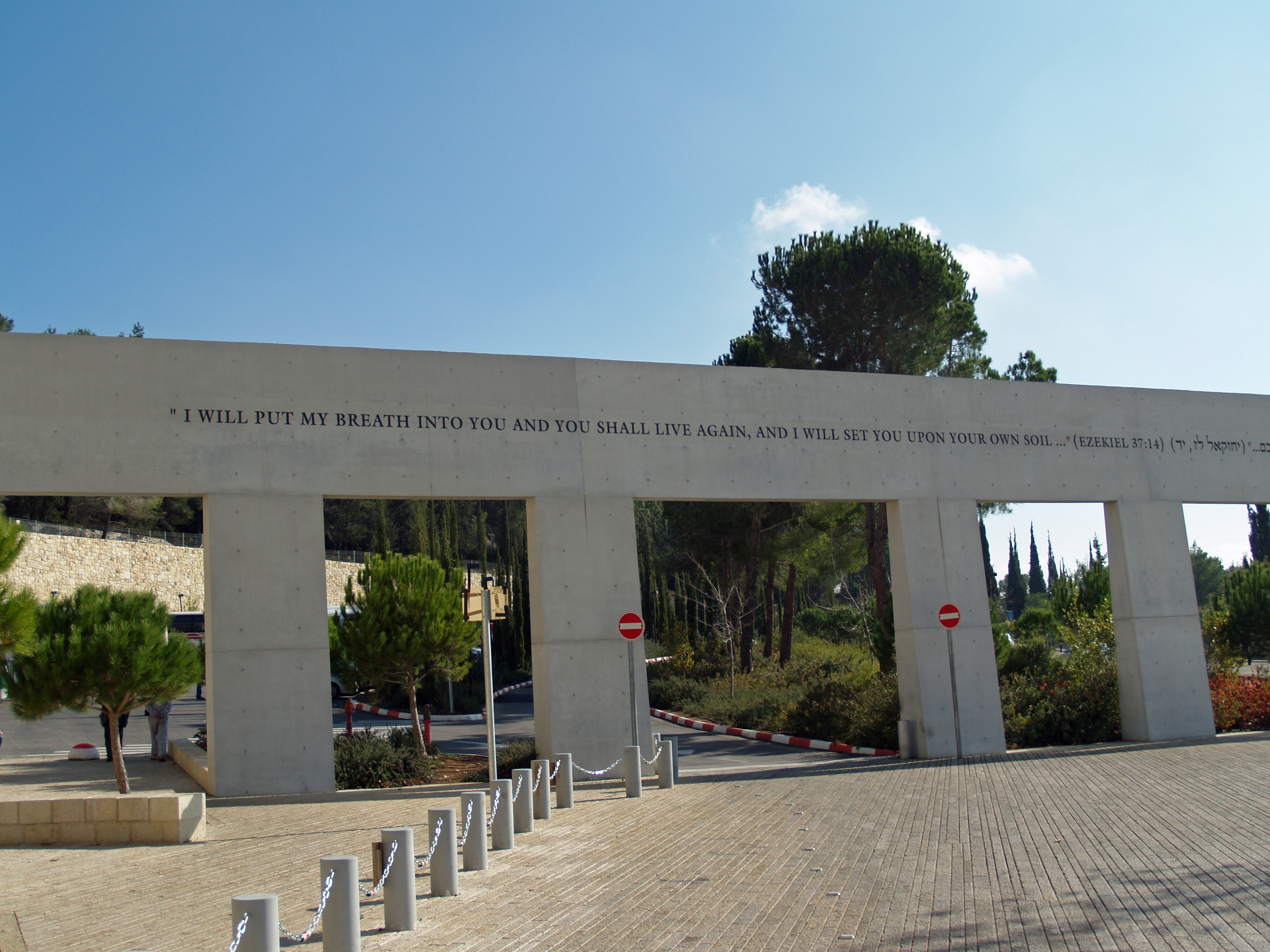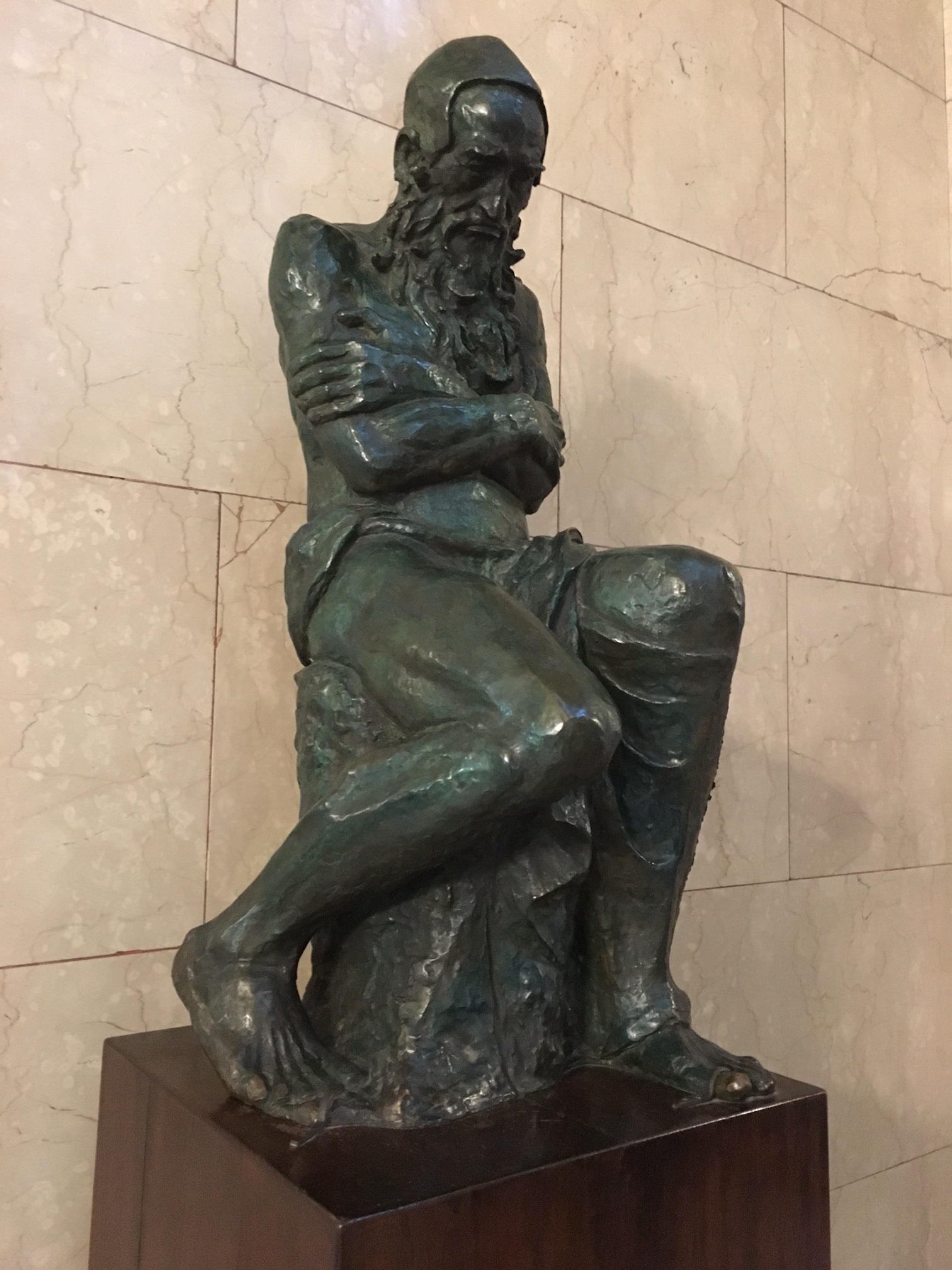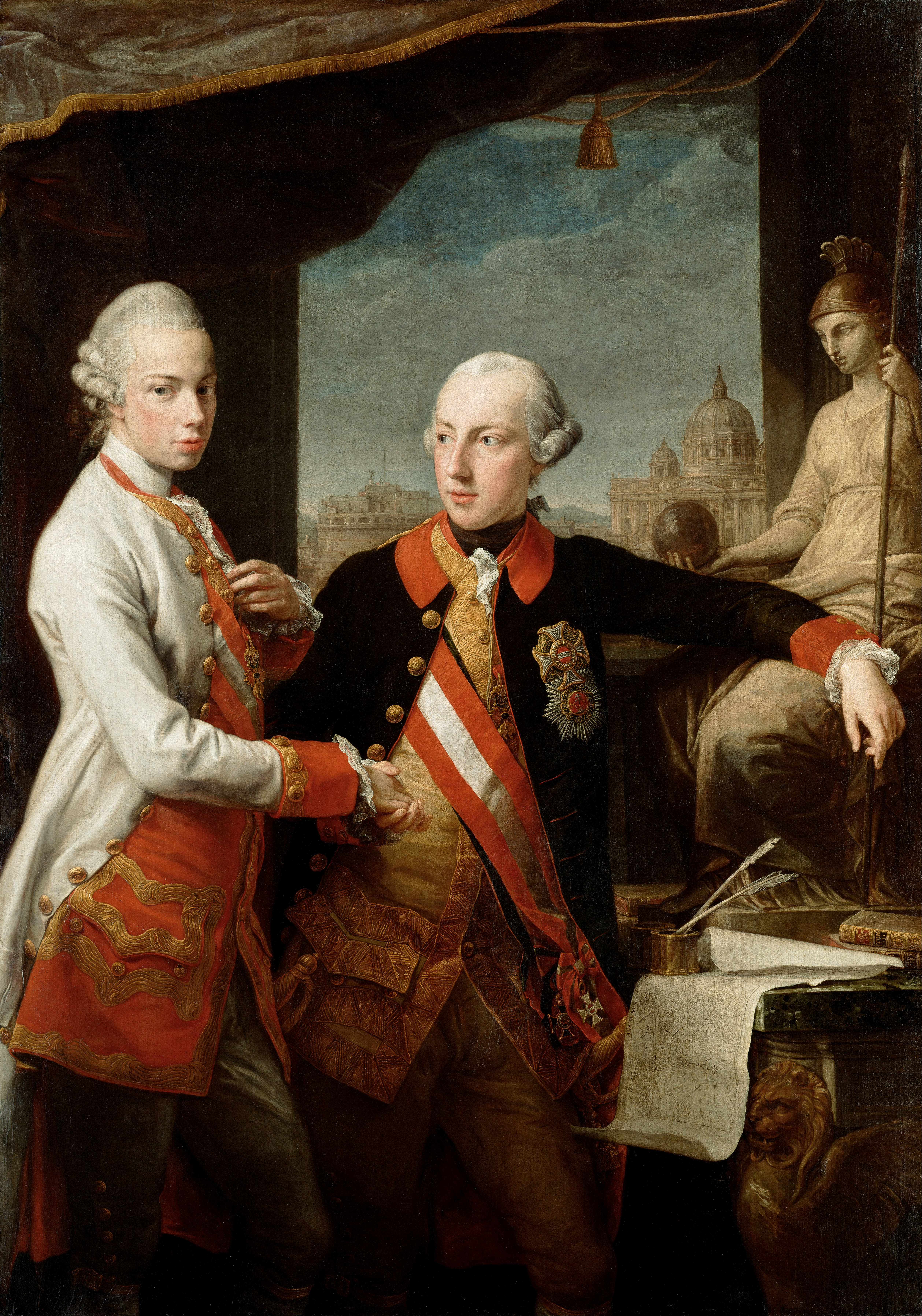|
Annunciation Triptych (Simone Martini)
The ''Annunciation with Saint Margaret and Saint Ansanus'' is a painting by the Italian Gothic artists Simone Martini and Lippo Memmi, now housed in the Uffizi Gallery in Florence, Italy. It is a wooden triptych painted in tempera and gold, with a central panel having double size. Considered Martini's masterwork and one of the most outstanding works of Gothic painting, the work was originally painted for a side altar in Siena Cathedral. History The painting originally decorated the altar of Saint Ansanus in the Cathedral of Siena, and had been commissioned as part of a cycle of four altarpieces dedicated to the city's patron saints during 1330–1350. These included the '' Presentation at the Temple'' by Ambrogio Lorenzetti (1342; at the altar of Saint Crescentius), the '' Nativity of the Virgin'' by Pietro Lorenzetti (1342; at the altar of Saint Sabinus), and a ''Nativity'', now disassembled, attributed to Bartolomeo Bulgarini (1351; at the altar of Saint Victor). All the ... [...More Info...] [...Related Items...] OR: [Wikipedia] [Google] [Baidu] |
Simone Martini
Simone Martini ( – July 1344) was an Italian painter born in Siena. He was a major figure in the development of early Italian painting and greatly influenced the development of the International Gothic style. It is thought that Martini was a pupil of Duccio di Buoninsegna, the leading Sienese painter of his time. According to late Renaissance art biographer Giorgio Vasari, Simone was instead a pupil of Giotto di Bondone, with whom he went to Rome to paint at the Old St. Peter's Basilica, Giotto also executing a mosaic there. Martini's brother-in-law was the artist Lippo Memmi. Very little documentation of Simone's life survives, and many attributions are debated by art historians. According to E. H. Gombrich, he was a friend of Petrarch and had painted a portrait of Laura. Biography Simone was doubtlessly apprenticed from an early age, as would have been the normal practice. Among his first documented works is the '' Maestà'' of 1315 in the Palazzo Pubblico in Siena. Lippo ... [...More Info...] [...Related Items...] OR: [Wikipedia] [Google] [Baidu] |
Life Of The Virgin
The Life of the Virgin, showing narrative scenes from the life of Mary, the mother of Jesus, is a common subject for pictorial cycles in Christian art, often complementing, or forming part of, a cycle on the Life of Christ. In both cases the number of scenes shown varies greatly with the space available. Works may be in any medium: frescoed church walls and series of old master prints have many of the fullest cycles, but panel painting, stained glass, illuminated manuscripts, tapestries, stone sculptures and ivory carvings have many examples. Scenes shown The Life of the Virgin sometimes merges into a cycle of the Life of Christ, sometimes includes scenes from the Passion of Christ, but often jumps from the childhood of Christ to the Death of the Virgin. The Finding in the Temple, the last episode in the childhood of Christ, often ends the cycle. Important examples whose scenes are listed in the table below, include those in the Tornabuoni Chapel by Domenico Ghirlandai ... [...More Info...] [...Related Items...] OR: [Wikipedia] [Google] [Baidu] |
Isaiah
Isaiah ( or ; , ''Yəšaʿyāhū'', "Yahweh is salvation"; also known as Isaias or Esaias from ) was the 8th-century BC Israelite prophet after whom the Book of Isaiah is named. The text of the Book of Isaiah refers to Isaiah as "the prophet", but the exact relationship between the Book of Isaiah and the actual prophet Isaiah is complicated. The traditional view is that all 66 chapters of the book of Isaiah were written by one man, Isaiah, possibly in two periods between 740 BC and 686 BC, separated by approximately 15 years. Another widely held view suggests that parts of the first half of the book (chapters 1–39) originated with the historical prophet, interspersed with prose commentaries written in the time of King Josiah 100 years later, and that the remainder of the book dates from immediately before and immediately after the end of the 6th-century BC exile in Babylon (almost two centuries after the time of the historical prophet), and that perhaps these later cha ... [...More Info...] [...Related Items...] OR: [Wikipedia] [Google] [Baidu] |
Ezekiel
Ezekiel, also spelled Ezechiel (; ; ), was an Israelite priest. The Book of Ezekiel, relating his visions and acts, is named after him. The Abrahamic religions acknowledge Ezekiel as a prophet. According to the narrative, Ezekiel prophesied the destruction of Judah's capital city Jerusalem. In 587 BC, the Neo-Babylonian Empire conquered Jerusalem, destroyed Solomon's Temple, and sent the Judahite upper classes into the Babylonian captivity. However, Ezekiel also prophesied the eventual restoration of the Jewish people to the Land of Israel. It is believed he died around 570 BC; Ezekiel's Tomb is a Jewish religious site in Mesopotamia. Three decades later, in 539 BC, the Persian empire conquered Babylon and the Edict of Cyrus repatriated the exiles. The name "Ezekiel" means "God is strong" or "God strengthens" in Hebrew. Biblical account The author of the Book of Ezekiel presents himself as Ezekiel, the son of Buzi, born into a priestly ( kohen) lineage. The aut ... [...More Info...] [...Related Items...] OR: [Wikipedia] [Google] [Baidu] |
Jeremiah
Jeremiah ( – ), also called Jeremias, was one of the major prophets of the Hebrew Bible. According to Jewish tradition, Jeremiah authored the Book of Jeremiah, book that bears his name, the Books of Kings, and the Book of Lamentations, with the assistance and under the editorship of Baruch ben Neriah, his scribe and disciple. According to the narrative of the Book of Jeremiah, the prophet emerged as a significant figure in the Kingdom of Judah in the late 7th and early 6th centuries BC. Born into a Kohen, priestly lineage, Jeremiah reluctantly accepted his religious calling, call to prophethood, embarking on a tumultuous ministry more than five decades long. His life was marked by opposition, imprisonment, and personal struggles, according to Jeremiah 32 and Jeremiah 37, 37. Central to Jeremiah's message were Bible prophecy, prophecies of impending divine judgment, forewarning of the nation's idolatry, social injustices, and moral decay. According to the Bible, he prophesied t ... [...More Info...] [...Related Items...] OR: [Wikipedia] [Google] [Baidu] |
Margaret The Virgin
Margaret, known as Margaret of Antioch in the West, and as Saint Marina the Great Martyr () in the East, is celebrated as a saint on 20 July in Western Christianity, on 30th of July (Julian calendar) by the Eastern Orthodox Church, and on Epip 23 and Hathor (month), Hathor 23 in the Coptic Orthodox Church. She was reputed to have promised very powerful indulgences to those who wrote or read her hagiography, life or invoked her intercessions; these no doubt helped the spread of her following. Margaret is one of the Fourteen Holy Helpers in Roman Catholic tradition. Hagiography According to a 9th-century martyrology of Rabanus Maurus, Margaret suffered at Antioch of Pisidia, Antioch in Pisidia (in what is now Turkey) in c. 304, during the Diocletianic Persecution. She was the daughter of a pagan priest named Aedesius. Her mother having died soon after her birth, Margaret was nursed by a Christian woman five or six League_(unit), leagues () from Antioch. Having embraced Christiani ... [...More Info...] [...Related Items...] OR: [Wikipedia] [Google] [Baidu] |
Maxima Of Rome
Maxima of Rome () was a slave and friend of Ansanus, Saint Ansanus of Siena. She was martyred by being beaten to death in the persecutions of Diocletian, circa 304. Locally recognized as saint, her feast day is September 2. Martyrology References Christians martyred during the reign of Diocletian Italian saints 4th-century Christian martyrs 4th-century Christian saints {{Italy-saint-stub ... [...More Info...] [...Related Items...] OR: [Wikipedia] [Google] [Baidu] |
Annunciation
The Annunciation (; ; also referred to as the Annunciation to the Blessed Virgin Mary, the Annunciation of Our Lady, or the Annunciation of the Lord; ) is, according to the Gospel of Luke, the announcement made by the archangel Gabriel to Mary that she would conceive and bear a son through a virgin birth and become the mother of Jesus Christ, the Messiah and Son of God, marking the Incarnation. According to the Annunciation occurred in the sixth month of Elizabeth's pregnancy with John the Baptist. Many Christians observe this event with the Feast of the Annunciation on 25March, an approximation of the northern vernal equinox nine full months before Christmas, the traditional birthday of Jesus. The Annunciation is a key topic in Christian art in general, as well as in Marian art in the Catholic Church, having been especially prominent during the Middle Ages and Renaissance. A work of art depicting the Annunciation is sometimes itself called an ''Annunciation'' ... [...More Info...] [...Related Items...] OR: [Wikipedia] [Google] [Baidu] |
Luca Giordano
Luca Giordano (18 October 1634 – 3 January 1705) was an Italian late-Baroque painter and printmaker in etching. Fluent and decorative, he worked successfully in Naples, Rome, Florence, and Venice, before spending a decade in Spain. Early life and training Born in Naples, Giordano was the son of the painter Antonio Giordano. In around 1650 he was apprenticed to Giuseppe Ribera, Ribera on the recommendation of the List of viceroys of Naples, viceroy of Naples and his early work was heavily influenced by his teacher. Like Ribera, he painted many half-length figures of philosophers, either imaginary portraits of specific figures, or generic types. He acquired the nickname ''Luca fa presto'', which translates into "Luca paints quickly." His speed, in design as well as handiwork, and his versatility, which enabled him to imitate other painters deceptively, earned for him two other epithets, "The Thunderbolt" (''Fulmine'') and "The Proteus" of painting. Following a period ... [...More Info...] [...Related Items...] OR: [Wikipedia] [Google] [Baidu] |
Leopold II, Holy Roman Emperor
Leopold II (Peter Leopold Josef Anton Joachim Pius Gotthard; 5 May 1747 – 1 March 1792) was the penultimate Holy Roman Emperor, as well as King of Hungary, Croatia and King of Bohemia, Bohemia, and List of rulers of Austria, Archduke of Austria from 1790 to 1792, and List of rulers of Tuscany, Grand Duke of Tuscany from 1765 to 1790. He was a son of Empress Maria Theresa and Emperor Francis I, Holy Roman Emperor, Francis I, and the brother of Queen Marie Antoinette of France, Queen Maria Carolina of Austria, Maria Carolina, Duchess Maria Amalia of Parma, and Emperor Joseph II. Leopold was a moderate proponent of enlightened absolutism like his brother Joseph II, Holy Roman Emperor, Joseph II. He granted the Accademia_dei_Georgofili, Academy of Georgofili his protection. Unusually for his time, he opposed the death penalty and torture and abolished it in Grand Duchy of Tuscany, Tuscany on 30 November 1786 during his rule there, making it the first nation in modern history to do s ... [...More Info...] [...Related Items...] OR: [Wikipedia] [Google] [Baidu] |
Giotto
Giotto di Bondone (; – January 8, 1337), known mononymously as Giotto, was an List of Italian painters, Italian painter and architect from Florence during the Late Middle Ages. He worked during the International Gothic, Gothic and Italian Renaissance painting#Proto-Renaissance painting, Proto-Renaissance period. Giotto's contemporary, the banker and chronicler Giovanni Villani, wrote that Giotto was "the most sovereign master of painting in his time, who drew all his figures and their postures according to nature" and of his publicly recognized "talent and excellence".Bartlett, Kenneth R. (1992). ''The Civilization of the Italian Renaissance''. Toronto: D.C. Heath and Company. (Paperback). p. 37. Giorgio Vasari described Giotto as making a decisive break from the prevalent Byzantine art, Byzantine style and as initiating "the great art of painting as we know it today, introducing the technique of drawing accurately from life, which had been neglected for more than two hundred ... [...More Info...] [...Related Items...] OR: [Wikipedia] [Google] [Baidu] |
Avignon
Avignon (, , ; or , ; ) is the Prefectures in France, prefecture of the Vaucluse department in the Provence-Alpes-Côte d'Azur region of southeastern France. Located on the left bank of the river Rhône, the Communes of France, commune had a population of 93,671 as of the census results of 2017, with about 16,000 (estimate from Avignon's municipal services) living in the ancient town centre enclosed by its Walls of Avignon, medieval walls. It is Functional area (France), France's 35th-largest metropolitan area according to INSEE with 337,039 inhabitants (2020), and France's 13th-largest urban unit with 459,533 inhabitants (2020). Its urban area was the fastest-growing in France from 1999 until 2010 with an increase of 76% of its population and an area increase of 136%. The Communauté d'agglomération du Grand Avignon, a cooperation structure of 16 communes, had 197,102 inhabitants in 2022. Between 1309 and 1377, during the Avignon Papacy, seven successive popes resided in Avi ... [...More Info...] [...Related Items...] OR: [Wikipedia] [Google] [Baidu] |
